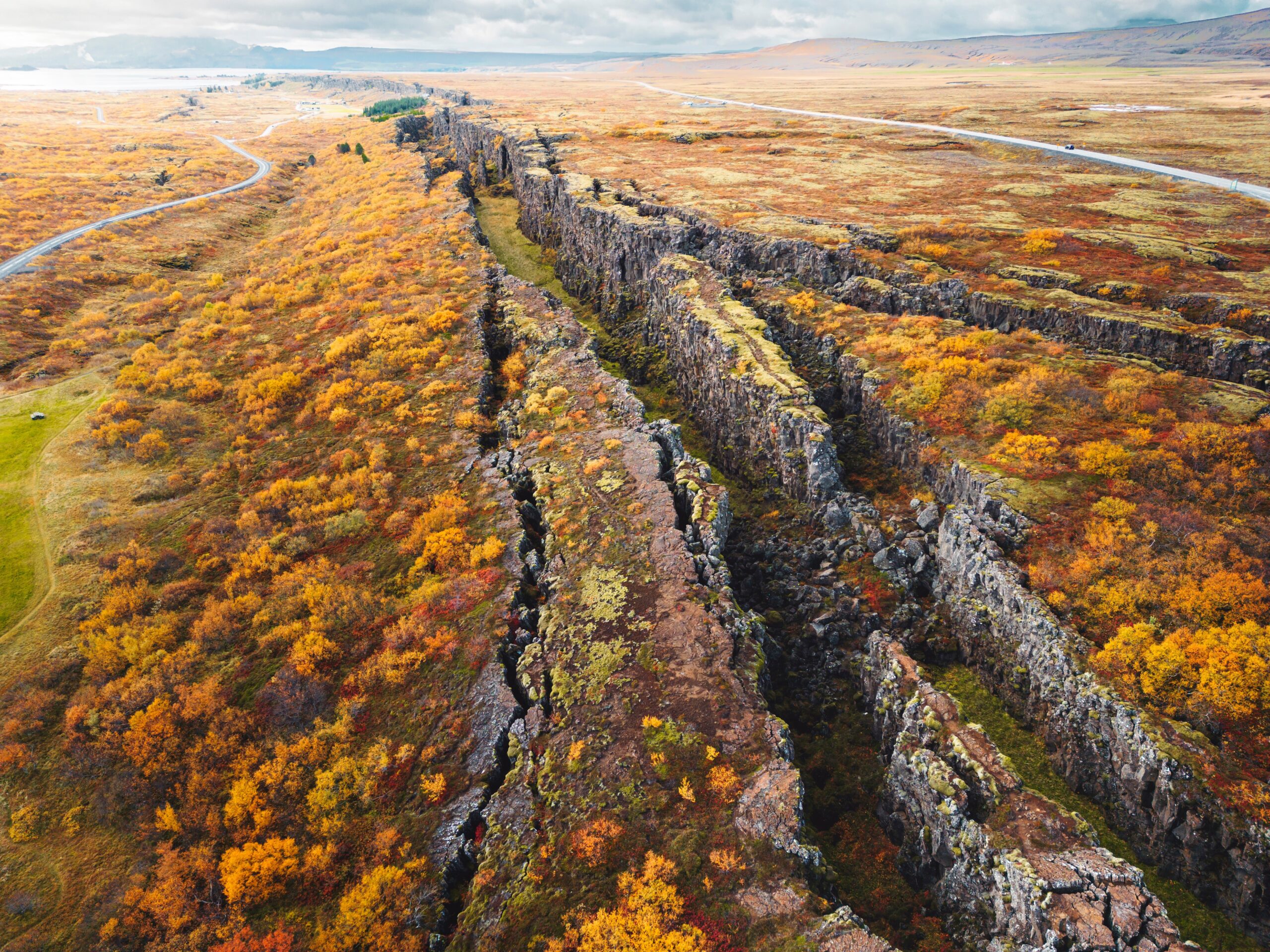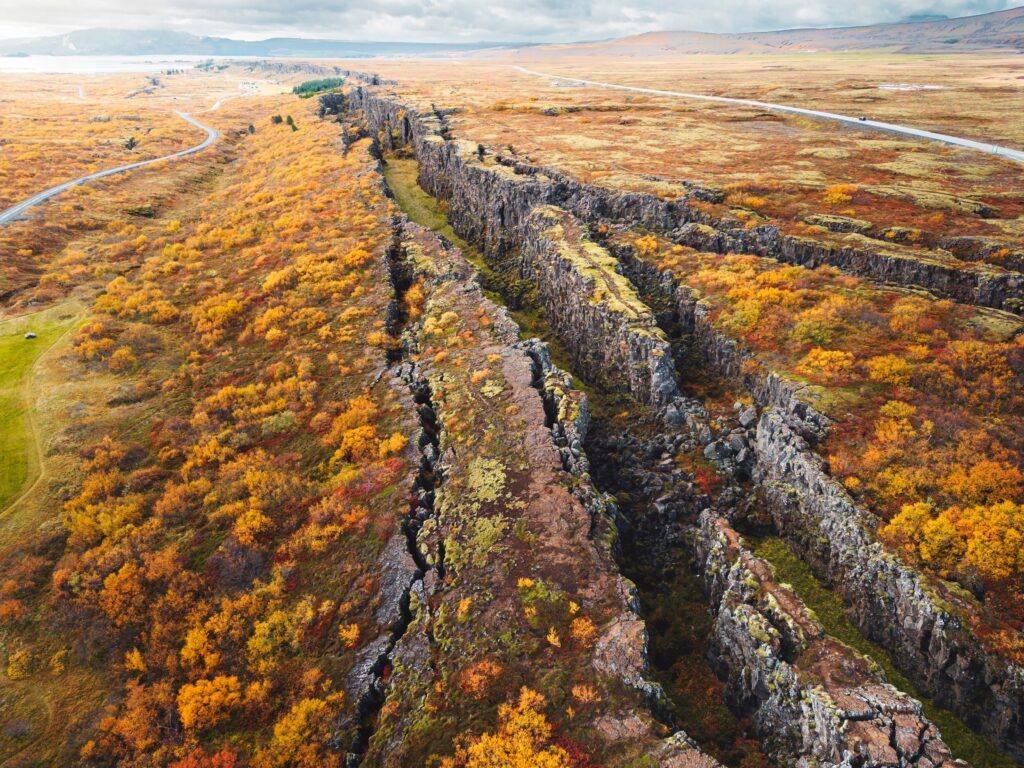Have you ever wondered how the Earth’s landscapes came to be so dramatic in form? From the towering mountain ranges of the Himalayas to the deepest depths of the Mariana Trench, our planet shows great geographical variation. Although weather and climate play a role in erosion and water transport, most of the world’s greatest forms are the result of tectonic activity. Let’s discover how the huge rocky plates that slide over our Earth’s inner molten core have shaped our physical world over millions of years.

What Are Tectonic Plates?
The Earth’s external ‘skin’ of cool, hardened rock is called the crust, and it is divided into several separate pieces known as tectonic plates. These gigantic plates are made up of thick continental or thinner oceanic crust, or both, and move around on top of superheated molten rock known as magma. This liquid rock makes up the next layer of our planet (the mantle) and causes the plates to move around slowly but constantly.
The places where tectonic plates meet are called plate boundaries, and it is typically here where the most interesting and dangerous tectonic activity takes place.
The Three Main Types of Plate Boundary
Divergent Boundaries– Plates are moving apart from each other, so a gap is created.
For Oceanic crust, this space allows molten rock from the mantle to rise and cool, forming new seafloor. The Mid-Atlantic Ridge, a vast underwater mountain range stretching for over 10,000 miles, is a prime example of this process. It widens the Atlantic Ocean by about 2.5 cm per year, pushing continents like North and South America further apart.
The East African Rift Valley is an example of a divergent boundary on continental crust; it’s a massive crack in the Earth stretching from Ethiopia to Mozambique. This rift valley is slowly splitting the African continent, and scientists believe it may eventually lead to the formation of a new ocean basin millions of years from now.
Convergent Boundaries- Plates collide
When an oceanic plate meets a continental plate, the heavier oceanic plate is forced below the lighter continental one, forming a subduction zone. This process triggers volcanic activity and the formation of deep ocean trenches, like the Mariana Trench, the deepest point on Earth at over 11 km deep. The Andes Mountains in South America and the volcanic islands of Japan are examples of landforms created by subduction zones.
In some cases, the collision of two continental plates pushes landmasses upwards, creating mighty mountain ranges like the Himalayas. The ongoing collision of the Indo-Australian Plate with the Eurasian Plate has resulted in the continuous growth of the Himalayas, which continue to grow in height very slowly year by year!
Transform Boundaries- Plates Slide Past Each Other
Here, plates slide past each other horizontally, like two puzzle pieces grinding along their edges. This creates long, linear fault lines, like the infamous San Andreas Fault in California, which stretches for over 1,300 km. Friction between the Pacific and North American Plates along this fault line causes frequent earthquakes.
Other Important Impacts
The impact of plate tectonics goes far beyond shaping continents and oceans. Here are some additional ways it influences our Earth:
Mineral Deposits: The movement of plates concentrates valuable minerals like gold, copper, and oil in specific locations. For example, subduction zones often trap mineral-rich fluids, leading to the formation of ore deposits that have shaped human history and economies.
Climate Regulation: The movement of continents and the formation of mountain ranges influence global wind and ocean currents, impacting global climate patterns. For instance, the Himalayas act as a massive barrier, influencing the monsoons that provide vital rainfall to South Asia.
Evolution and Biodiversity: Plate tectonics plays a crucial role in the distribution of landmasses and the creation of diverse ecosystems. The movement of continents over millions of years has led to the separation of species, promoting the evolution of unique life forms on different continents.
Plate tectonics is a continuous process, shaping our planet at a pace we mere humans cannot perceive. Yet, over millions of years, this tectonic movement has sculpted the Earth into the diverse range of troughs and peaks we see today and will continue to do so long after we’re gone!







